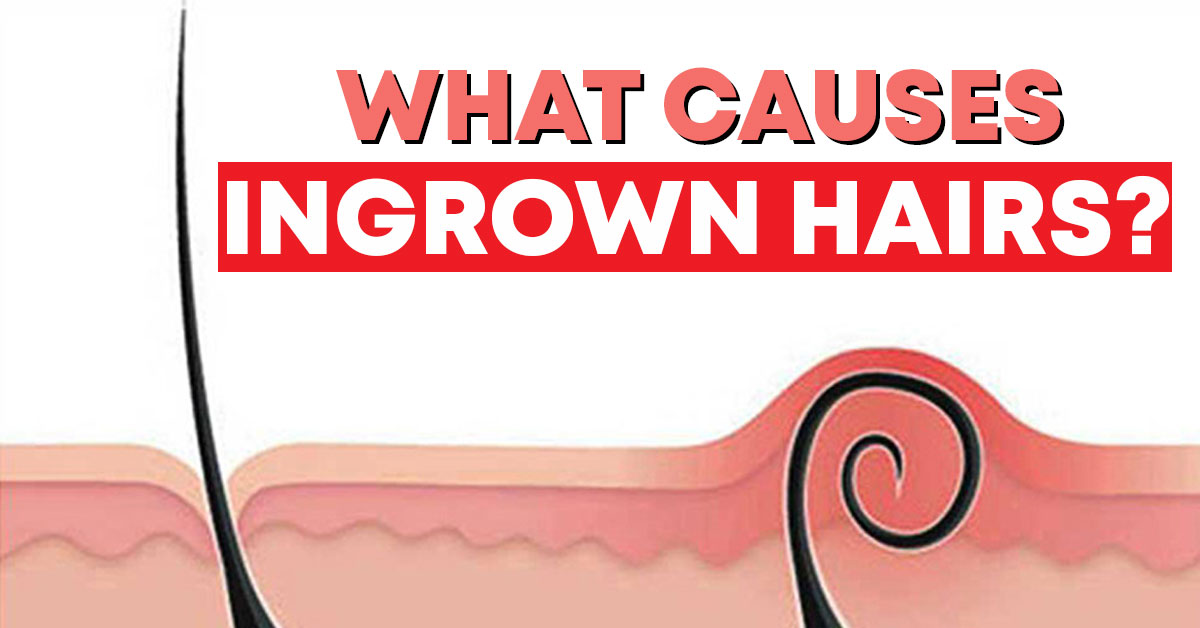Ingrown hairs can be a painful and irritating part of shaving. When a hair is unable to grow up and out of your body, it will stay stuck under the skin resulting in an area of irritation.
Normally a small, pus-filled, blister will cover the skin at the location of the hair that is in-grown, resulting in pain and itching at the site of infection.
Why does my hair become ingrown?
A hair becomes ingrown when it becomes poorly angled to make its way out of your skin. This happens most frequently in people who have curly hair as that is more likely to turn back into the skin. Additionally, if your hair is dry when it is shaved it can make the edges of the hair sharp, and thus more likely to poke back into the skin.
How can you prevent ingrown hairs?
Ingrown hairs are most common on your jawline, legs, or other commonly shaved areas rather than on the top of your head.
While far from an ideal solution, the easiest way to prevent ingrown hairs is to stop shaving altogether. If you want to continue shaving, focus on shaving in the same direction your hair usually grows and change the blade frequently to ensure it is cutting well.
Can you pull out an ingrown hair?
The most common approach to handling ingrown hairs is simply to pull them out with a tweezer at home. This is not recommended as doing so can only worsen the infection when you dig into the skin to remove the hair.
Often times the hair will emerge from your skin eventually on its own. If it is too painful to wait, there are skincare products that can aid in helping speed up the hair’s journey to the surface.
What is hyperpigmentation?
To battle the bacteria and inflammation that comes as a result of ingrown hair, your body will direct melanin to the site of the location. This is a similar response to how your body fights the inflammation caused by sunburn.
Hyperpigmentation causes dark spots in your skin as your overall pigment in the area of the ingrown hair fights infection. Hyperpigmentation can be treated but does pose a risk of discoloration in severe instances. For this reason, it is safest to avoid probing the infection and let the hair come out on its own rather than digging under the skin.


